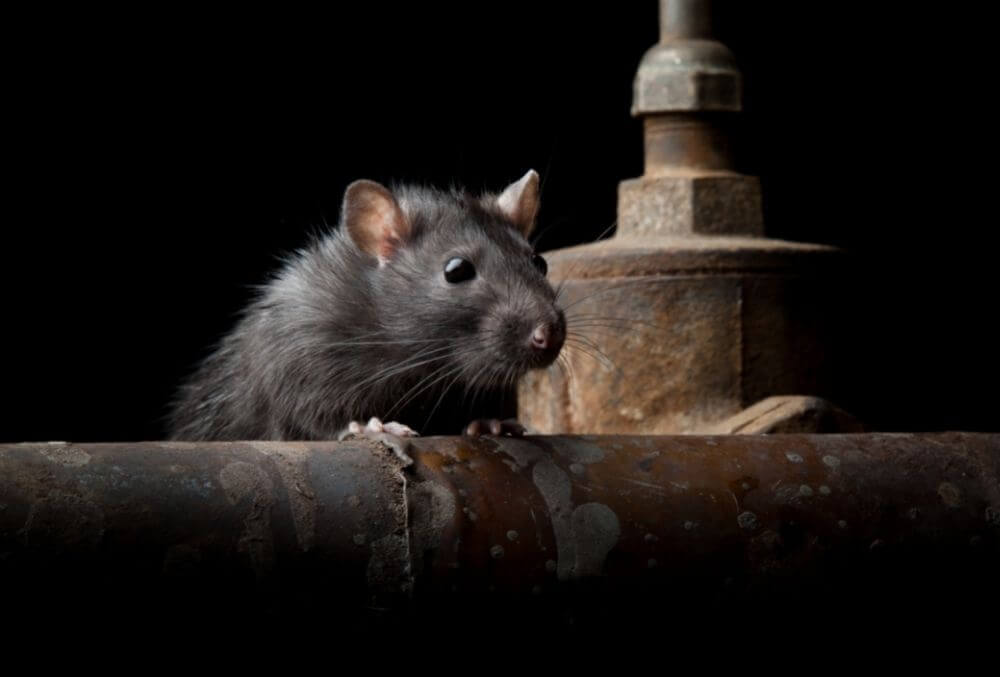Table of Contents
Rats have had a bad reputation for centuries. Considering that they’ve caused the bubonic plague and carry many other rat disease, their reputation might be justified. Throw in the fact that they’re also pests and invade homes and farmlands, and you might find it reasonable that people hate them so much.
Of course, aside from hating rats, having a rat phobia may also seem reasonable. However, sometimes what people don’t know is this fear can grow out of proportion. Whereas some people might scream and run away from a rat, others might have panic attacks.

You might think that it might be a little bit of an exaggeration to panic or start feeling nauseous when someone sees a rat. But, what most people don’t know is that these types of responses are more than fear at that point, and unfortunately, it might already be a phobia.
But, while being afraid of rats is expected, how can it become a phobia? Also, how can you tell if someone has a phobia of rats? Read on, and you’ll learn a little more about this rat-centered phenomenon!
What’s In A Name: Musophobia
The fear of rats and mice is called musophobia. This term combines the Latin words muso–roughly translating to mouse–and the Greek word phobia–translating to fear.
Like any other phobia, this fear would usually manifest as an out-of-proportion response upon seeing a rat or mouse. While there can be many reasons why someone would have musophobia, it can commonly be caused by a past traumatic experience with a rat. This could range from suffering from a rat bite or being afraid of catching any diseases it carries.
Whatever the case may be, this phobia is valid and can cause distress for many people worldwide.
How Do I Know If I Have It?
Musophobia is a kind of phobia classified under “specific phobias.” Usually, phobias need to be diagnosed by a psychiatrist to confirm whether a person has one. However, if you believe you might have a specific phobia like musophobia, you can also look for the signs and symptoms before going to a professional.
Having marked fear or anxiety over a specific object would be your first tell-tale sign of specific phobias. The object–the rat, in this case–should almost always induce fear or anxiety immediately.
Actively avoiding rats or making an effort to avoid seeing them under any circumstance is another sign that you might have the phobia. However, if you happen to see one and notice that your reaction is out of proportion, this may be another sign of that phobia.
Usually, to diagnose a phobia, all these symptoms should last for six months or more.
Lastly, another tell-tale sign of having this phobia would be that the fear causes significant distress or impairs your functioning.
These are some typical signs that may tell you that you might have a specific phobia. It’s discouraged that you self-diagnose yourself. It’s worth noting that the presence of any of these signs should prompt you to see a professional.

How Can I Deal With This Phobia?
While having a phobia of rats can be very distressing, it’s treatable like other kinds of specific phobias. Fortunately, these treatments can be done with the help of a psychiatrist. So, if you do happen to get diagnosed with musophobia, they can help you from there.
When treating specific phobias like musophobia, one of the most effective ways to go about it would be behavioral therapy. This type of therapy operates on the idea that change can occur without looking at the underlying causes. Instead, the most important factors would be committing to the treatment, having identified problems and objectives, and alternative strategies for coping.
Several different techniques are usually applied during behavioral therapy. One of the most commonly used ones would be systematic desensitization. Essentially, this technique makes you take baby steps to expose you to the object of your fear. In this case, it can be a picture of a rat. After a few more steps, you could be asked to hold a toy rat. This goes on until you can be in the same room with a rat and not panic.
Of course, there are several other techniques as well. However, with behavioral therapy, you can at least be assured that this will help you face your fear somehow. Considering all the studies that back up its effectiveness, it’s a proven solution!

Conclusion
While rats can be scary for many reasons, some people can still manage to go on with their day despite seeing one. However, some people may also have more irrational fears regarding rats for valid reasons.
Musophobia, or the fear of rats and mice, is a phobia that plagues many people. It can be troublesome to deal with, whether it be due to traumatic experiences or just abnormal fear responses. However, like with all phobias, overcoming them is possible. Sometimes, you just need the right help to do so. So, if you feel like you have this phobia, don’t be afraid to seek help! It’s a valid and an actual fear, after all.





